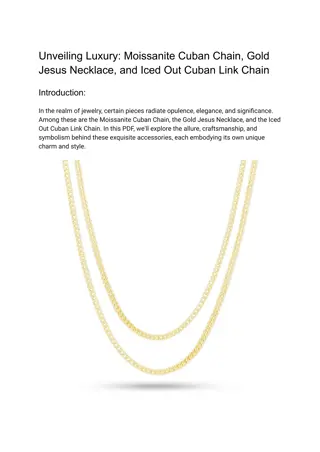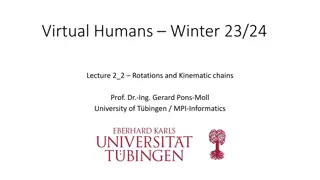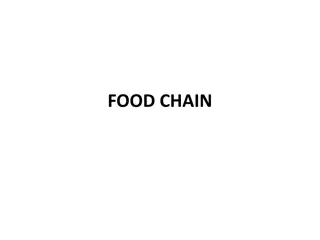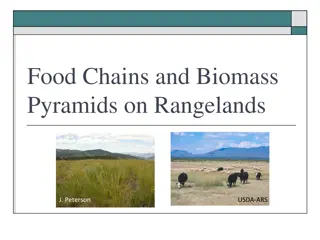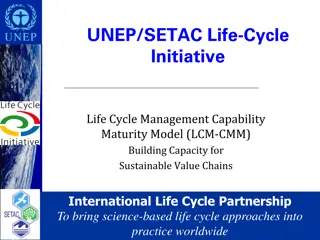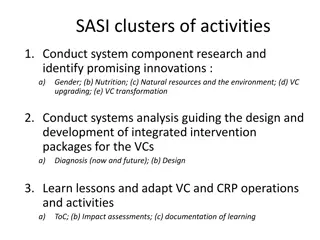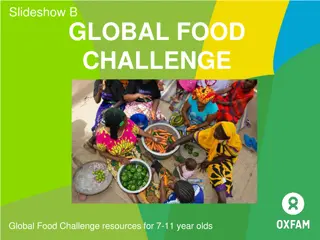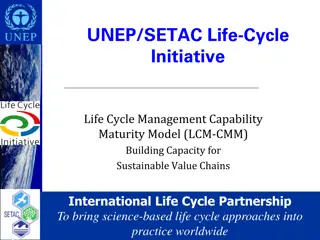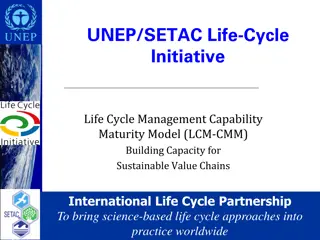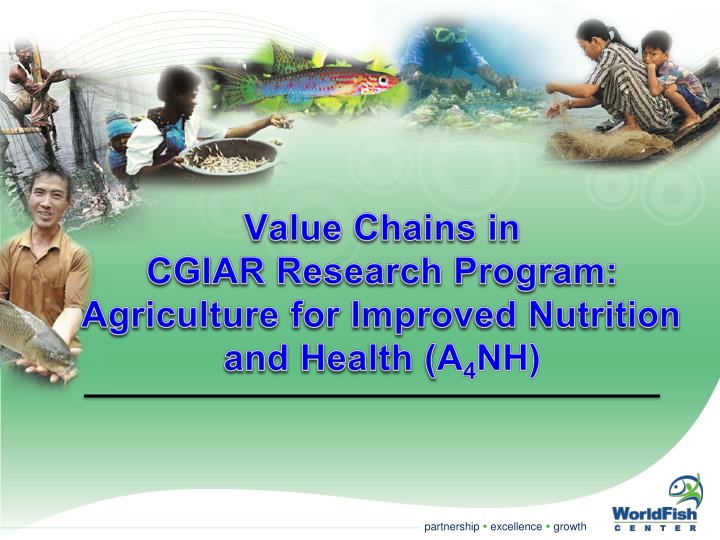
Nutritious Value Chains and Fish Consumption in Bangladesh
Explore initiatives focused on enhancing nutrition through value chains and the importance of dried small fish consumption in Bangladesh. Learn about ongoing programs, goals, and the significance of incorporating nutrient-rich foods for overall health and well-being.
Download Presentation

Please find below an Image/Link to download the presentation.
The content on the website is provided AS IS for your information and personal use only. It may not be sold, licensed, or shared on other websites without obtaining consent from the author. If you encounter any issues during the download, it is possible that the publisher has removed the file from their server.
You are allowed to download the files provided on this website for personal or commercial use, subject to the condition that they are used lawfully. All files are the property of their respective owners.
The content on the website is provided AS IS for your information and personal use only. It may not be sold, licensed, or shared on other websites without obtaining consent from the author.
E N D
Presentation Transcript
A4NH Component 1: Value Chains for Enhanced Nutrition Component 2: Biofortification Component 3: Prevention and Control of Agriculture- Associated Diseases Component 4: Integrated Agriculture, Nutrition, and Health Programmes and Policies partnership excellence growth
Value Chains for Enhanced Nutrition Goal of Component 1: Increase nutritional value of foods delivered by value chains Increase demand for nutritious food among the poor Focus on: Selected nutrient-rich foods Women and young children On-going value chains: Orange fleshed (vitamin A rich) sweet potato in Mozambique and Uganda Bean (iron rich) in Rwanda and Uganda partnership excellence growth
Value Chain of Dried Small Fish in Bangladesh partnership excellence growth
Marketing of Dried Small Fish partnership excellence growth
Why Focus on Fish in Bangladesh? Consumption Surveys (e.g. National, Rural (Helen Keller International), Sub-national (different sources) Fish is the most common nutrient-rich food (household, women and children) Fish (animal-source food) ranks first Followed by: fruit, leafy vegetable, egg, pulse, milk, meat partnership excellence growth
Why Focus on Dried Small Fish? Most important category of fish consumed (raw capture; farmed) Consumed by all income groups (more by the poor), rural and urban In spite of: Large seasonal variations (peak consumption in October December) Large differences in location (greater consumption in wetlands) partnership excellence growth



